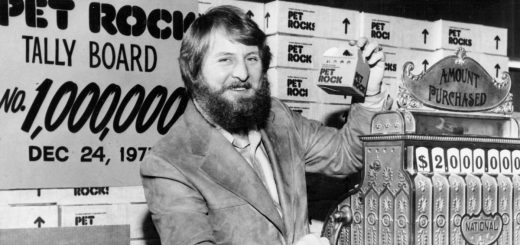10 golden questions

1. Are there likely to be new practical uses for gold discovered in the coming years?
Almost certainly. There is a very active network of university researchers studying the advanced scientific properties of gold, actively supported by the gold mining industry. The last international gathering of these researchers attracted over 250 delegates from around the world, see www.gold2006.org for more details.
Scientists are looking at how gold can be used effectively for a diverse range of new applications including advanced electronics, fuel cells, cancer treatments, and chemical catalysts. In the last 10 years over 39,000 patent applications were published relating to the technical use of gold in practical applications, so new uses for gold will soon emerge based on these patented technologies.
2. Can the gold used in industrial applications be recycled?
Yes, there is no technical reason why gold used in industrial applications cannot be recycled and re-used. Gold can be reprocessed without this impairing it’s qualities or performance. In the electronics industry for example, there is a growing market for old recycled computer chips and circuit boards.
These are collected in order to extract the valuable metals like gold contained in them. In this way, gold may be re-used again and again, conserving natural resources.
3. Does the demand for gold follow a seasonal pattern?
There are seasonal patterns to jewellery demand, although the pattern varies from one country to another. Global demand is usually strongest in the fourth quarter of the year, followed by first quarter demand. The main elements governing this are:
* Islamic world: Eid Al Fitr is a major gold giving occasion. Pilgrims may also buy gold.
* India: gold buying peaks during the wedding season and at the times of various festivals that vary from region to another.
* China and East Asia: Chinese New Year (last part of January or first half of February).
* Turkey: Demand is highest in the third quarter due to tourist purchases. The effect of a festival would normally show up earlier than the date in gold sales since people purchase in advance. Also, since data often represents retail or wholesale purchases demand may often reflect distributors stocking up for the season. The seasonal pattern does not affect price; it is well known in the gold markets and therefore discounted. There are many other factors in addition to demand which affect the price of gold.
4. I thought gold was only used for making jewellery and in gold bars and coins?
Not at all. Over 400 tonnes of gold is used in a diverse range of industrial applications each year, accounting for over 10% of annual gold demand. A number of different industries manufacture an array of gold-based materials, components and chemicals that help produce, or are part of, thousands of products. These products significantly improve our everyday life and safety, and the competitiveness of scores of industries.
5. Is gold a high risk or low risk investment?
In general, gold is considered a low risk investment because its price is typically not very volatile. The gold price tends not to fluctuate more than the world’s largest blue-chip stock market indices like the S&P 500. That is why many investors with low-risk profiles are attracted to gold. However, investors in high risk assets also find gold useful because they can use it to manage their risk.
6. What is the difference between red, yellow and white gold?
Pure gold is yellow in colour, but when gold is alloyed with other metals it is possible to use these alloys to produce varying colours of gold. Gold alloys are usually a mixture of silver, copper, and zinc, and the amounts of each can be varied to affect the final colour, normally white and red gold… White gold usually contains nickel. Many people (around 12-15%), the female population especially, are allergic to nickel in contact with the skin and this gives rise to a red skin rash or irritation.
7. What proportion of gold comes from developing countries?
Gold production is increasingly shifting to developing countries. If South Africa, whose production is on a long-term declining trend, is excluded, their output rose by more than 50% over the past decade. In contrast output from developed countries has fallen.
As a result of these trends, developing countries (including South Africa) accounted for 72% of global output in 2004. The strongest rise in output has been seen in Heavily Indebted Poor Countries (HIPCs) whose gold production rose by 84% between 1994 and 2004. It is one of the most important exports for HIPCs as a group. Gold is the leading export for Mali (59% of goods exports in 2003), Tanzania (44%), Ghana (32%), Guyana (26%) and the second most important for Guinea (23%).
8. Who owns most gold?
If we take national gold reserves, then most gold is owned by the USA followed by Germany and the IMF. If we include jewellery ownership, then India is the largest repository of gold in terms of total gold within the national boundaries. In terms of personal ownership, it is not known who owns the most, but is possibly a member of a ruling royal family in the East.
9. Is recycling gold a new idea?
Gold has been recycled for thousands of years, because of its inherent high value. So that means your modern jewellery or dental crown could contain gold that was mined in prehistoric times, and might have even been part of some priceless item belonging to ancient royalty! Today, at least 15% of annual gold consumption is recycled each year.
10. How big is a tonne of gold?
A metric tonne (equals 1,000kg = 32,150.72 troy ounces) of gold would therefore have a volume of 51,762 cm3 (i.e. 1.61 x 32,150.72), which would be equivalent to a cube of side 37.27cm (Approx. 1′ 3”).



